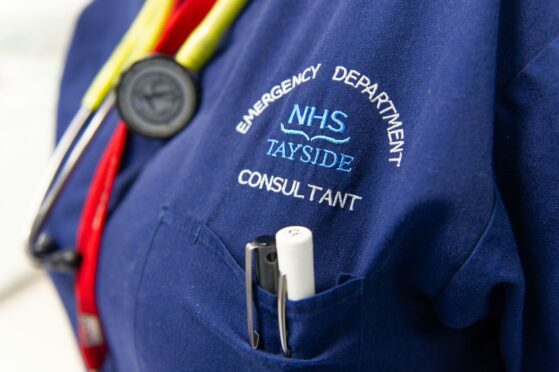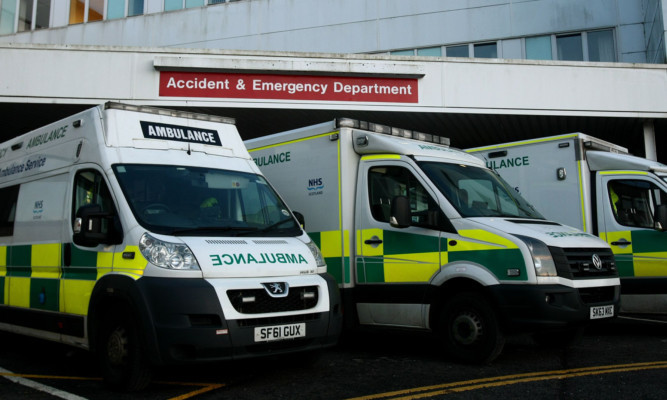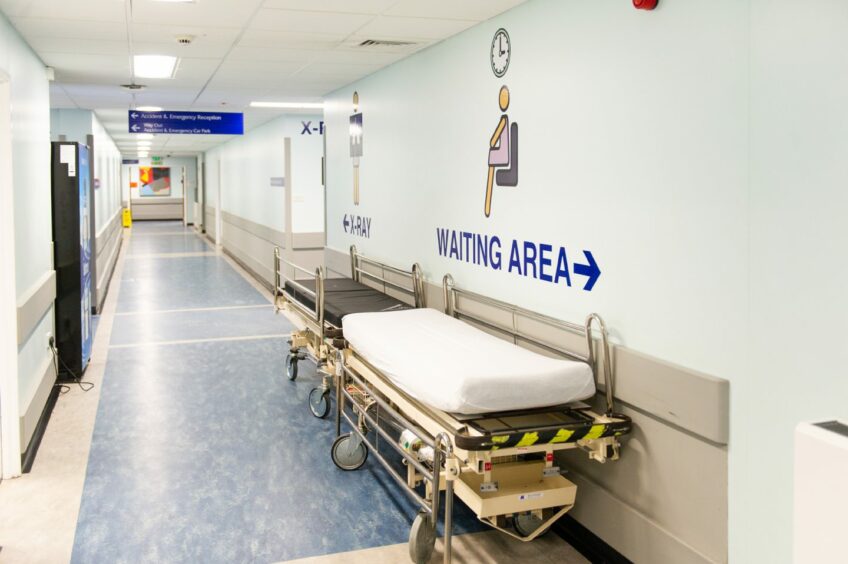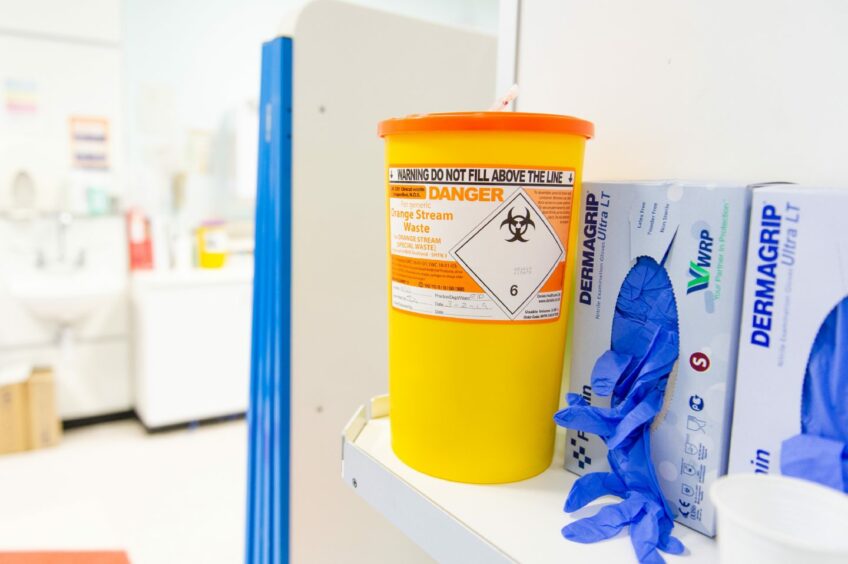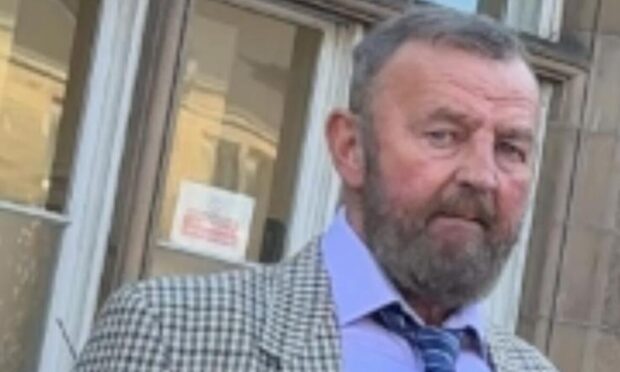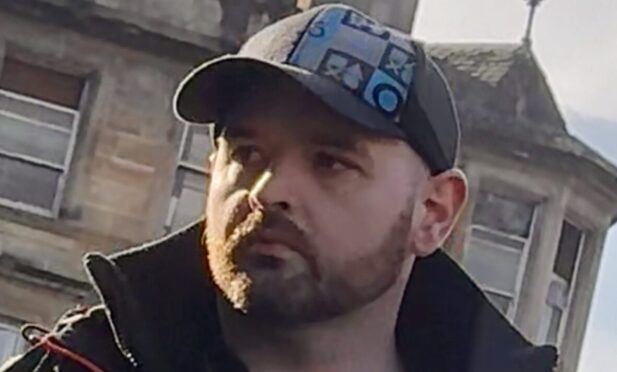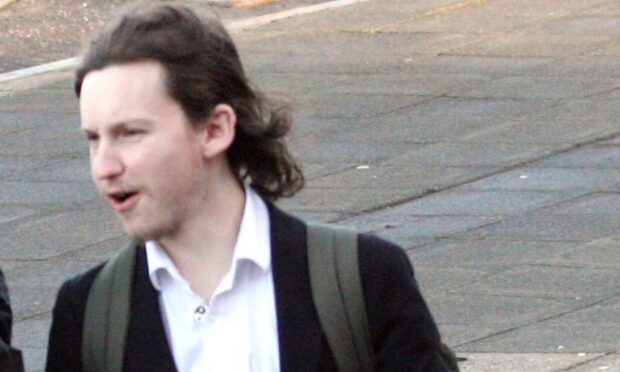New guidance to cut the numbers of people in A&E departments has been issued by the government to tackle record-long waiting times.
Health Secretary Humza Yousaf has announced the new policy of “redirection” at emergency departments across Scotland.
Instead of being treated in A&E those who could receive better care elsewhere will be redirected.
But the policy has been in place at NHS Tayside hospitals since 1998, and the new Scottish Government guidance is based in part of its success.
NHS Tayside inspires Scotland-wide policy
A&E units in Tayside, such as the one of Ninewells Hospital in Dundee, are some of the best performing in the UK, regularly meeting the government’s target of 95% of patients being seen within four hours of arriving at A&E.
Ninewells saw over 91% of patients in A&E within the government’s four hour target in September. This compared to an average of 71% across Scotland.
Whilst the hospital has struggled to meet the target in recent months, it continues to see over 90% of patients within four hours – well above most other departments in Scotland.
NHS Tayside says as well as the dedication of its staff, the health board’s performance is also down to its long-standing policy of redirection.
NHS Tayside’s emergency departments are consistently the best performing units in mainland UK
Dr Alison White, NHS Tayside
Dr Alison White, NHS Tayside’s emergency department clinical lead, said the health board’s current weekly performance was around 94%.
“NHS Tayside’s Emergency Departments (EDs) are consistently the best performing units in mainland UK,” she said.
“This is due to the efforts of our dedicated staff within the EDs in Perth Royal Infirmary and Ninewells but also involves wider multi-disciplinary teams providing urgent access to services right across the organisation including our colleagues in out-of-hours, primary care and the health and social care partnerships and Scottish Ambulance Service.”
How A&E redirection works in NHS Tayside
Speaking about how doctors use the redirection policy, Dr White explained: “Patients who present at our EDs with minor illness or injury are assessed early by a senior doctor or nurse to ensure that they do not require emergency care before they are redirected to the most appropriate service.
“This ensures that patients are seen by the best person for their needs and also ensures our specialist staff can see those needing emergency treatment as quickly as possible.”
Knowing where to get the right care in the right place can ensure that people are treated promptly and efficiently
Dr Alison White
Before the pandemic, around five to 10% of patients attending emergency departments were redirected.
Dr White said this most commonly happened in cases where patients had minor ailments like toothache.
Patients redirected
“Prior to the pandemic, around five to 10% of patients attending our emergency departments were redirected to more appropriate services following this assessment.
“In which case the patient would be advised to contact their own dentist or the emergency dental service through NHS 24,” Dr White said.
Meanwhile, those with mild urinary tract infections would be redirected for treatment by medication from a community pharmacy or GP rather than specialist A&E medics.
Dr White added: “We also operate a very effective Flow Navigation Centre (FNC) with real-time professional to professional consultations to ensure the appropriate use of services.
“Our FNC is staffed by senior ED clinical decision makers who take up to 35,000 calls a year from Scottish Ambulance Service, Perth Royal Infirmary ED, minor injury units and GPs as well as calls from patients to NHS 24 which are routed to the FNC for assessment.
“This means that consultants and other senior clinicians can provide professional advice to other clinical colleagues, to help prevent unnecessary attendances or admissions to hospital.
“Clinicians also assess patients over the phone or by video call and book them into an appointed time slot at ED, redirect to another service or give advice for self-management as appropriate.
“This is part of the new system of managing patients through NHS 24 who require urgent care which is not life threatening.
The FNC redirects 38% of the calls its receives, Dr White said, pointing out how this saves resources and prevents patients making an unnecessary journey and wait in hospital.
“Knowing where to get the right care in the right place can ensure that people are treated promptly and efficiently.
“If someone is unsure if they should come to the Emergency Department they should call NHS 24 on 111 so that they can be directed to the most appropriate service for their needs,” she added.
Health Secretary Humza Yousaf said: “By adopting a consistent approach across Scotland, we can reduce delays in assessment and treatment, prevent overcrowding in emergency departments and ultimately release doctors to deliver emergency care to those who really need it.”
